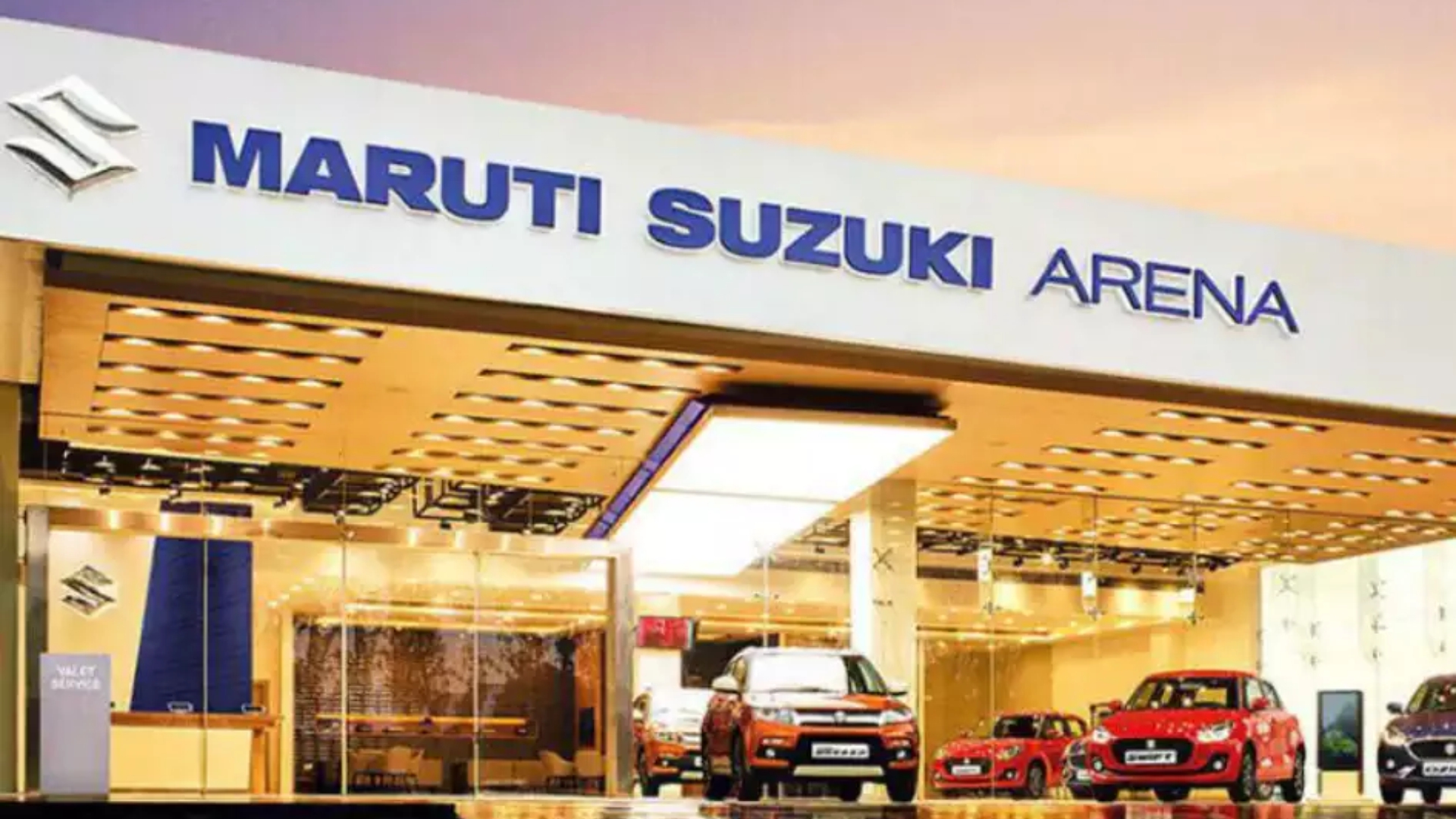Source : PTI | New Delhi: Maruti Suzuki India will hardly have any pure-play Gasline ICE (internal combustion engine) vehicle left in its portfolio by 2030-31. Today, India’s largest car maker has an overwhelming gasoline portfolio. Hardly having any pure-play gasoline engine vehicle left by the turn of the decade would be a significant transition. Though it does sell some hybrid vehicles and CNG- powered cars, its first Battery Electric Vehicle (BEV) is slated for launch only by next fiscal.
Though the company’s portfolio will undergo a major transformation, this process will not be skewed only in favour of BEVs. Maruti plans to offer a bouquet of clean fuel vehicles for the consumer to choose from. Apart from BEVs, there will be strong hybrids, vehicles which operate on flex fuel technology, on compressed natural gas (CNG) and even compressed biogas (CBG).Rahul Bharti, Executive Officer (Corporate Affairs), told ETAuto that every car sold by Maruti Suzuki India by FY31 will be fitted with a carbon reduction technology. “Anywhere between 15-20% of our portfolio will be BEVs, 25% will comprise strong hybrids and the remaining will be a mix of vehicles powered by CNG, biofuel or other technologies to improve ICE engines. There will hardly be any pure-play Gasline ICE vehicle by then.”
The scale of this transition is rather massive, and India’s largest car maker has already earmarked significant investments in clean technologies.
Bharti said that parent company Suzuki Motor Co already has a JV with Toshiba and Denso (TDSG) for making lithium-ion cells and batteries in India for the past two years with an investment of INR 1200 crore. In addition, the Suzuki Group has committed INR 10,300 crore investment in manufacturing electric vehicles (EVs) and in creating a local ecosystem for supplies of components. Of this INR 7300 crore will be used for setting up a second lithium-ion cell and battery pack manufacturing plant and INR 3000 crore in BEV manufacturing, all in Gujarat.
He said that the company’s first electric vehicle will be launched next fiscal and Maruti wants to have a “serious play” with BEVs and the new BEV will also be exported. Underlining the difference between other BEVs plying in India and the vehicle being developed by Maruti, he said that it is a high-spec vehicle with 550 km range and a 60 Kwh battery. This vehicle has been designed from scratch, unlike some others where an existing ICE technology vehicle has been converted into a BEV.
But why this bouquet of offerings for reducing the carbon footprint, when the industry has almost exclusively focused on developing BEVs and the government is also incentivising BEVs?
Bharti pointed out that the objective is to reduce carbon emissions as well as help in reducing India’s oil import bill. And these twin objectives can be met by using different options available to Indian manufacturers.
In any case, a study by Arthur D Little has already pointed out that the adoption for electric cars in the Indian market will be much lower – at just a third – of the overall EV adoption rate for the Indian vehicle population by 2030.
“We believe India’s EV industry will cross sales of 10 million units by 2030, with an overall adoption rate of more than 30% across different vehicle classes. Furthermore, more than a third of all two-wheelers sold by 2030 will be electric. EV adoption for passenger cars, however, is likely to be a mere 10% by that time, amounting to just 5% of total EV sales,” the study said.
WIth the penetration of electric cars expected to remain low, perhaps Maruti’s strategy of offering a bouquet is a sensible one.
Strong hybrid: Maruti has already launched this technology in the Grand Vitara, and Bharti said every fourth Grand Vitara sold now is a strong hybrid. A strong hybrid allows the vehicle’s computer to seamlessly switch between the battery and Gasline engine so that the vehicle is driving in the pure electric mode for about 40% of the time. Besides, this technology allows self-charging of the vehicle (battery is charged by the ICE engine) so no plug-in needed. Bharti said that this strong hybrid technology reduces carbon emission by about 35% and is “hugely scalable”. Besides the Grand Vitara, the Invicto has been launched only in the strong hybrid mode.
Flex fuel : This is a technology which allows the vehicle to run on fuel with up to 85% blending with ethanol. Maruti showed a prototype of the WagonR with flex fuel last year and the first flex fuel vehicle is slated for launch by 2025-26. Already, all of the company’s vehicles are compatible with up to 20% ethanol blended fuel.
CBG/CNG : Maruti’s parent Suzuki has already signed a three-way pact with NDDB and Banas Dairy for setting up four biogas production plants in Gujarat, which are expected to begin production by 2025. CBG will be used for Maruti vehicles; CBG is environmentally friendly since it is produced from waste (municipal, cow dung or agricultural) and is either carbon negative or carbon neutral. It also obviates the dependence of BEVs on lithium supplies or that of other critical minerals needed in battery operated vehicles. As for CNG, Maruti already has a significant presence in this segment. In FY23, every fifth vehicle in the portfolio was a CNG vehicle, accounting for just 4.5% of the portfolio in FY18 (or within five years).
While the focus on reducing carbon emissions is welcome, the acquisition cost of such green vehicles still remains a challenge.. Bharti said the cost of BEVs is twice that of the ICE engine vehicles now, in spite of the central and state government incentives in the form of lower GST rate, assistance through the performance linked incentives schemes and subsidies under the FAME scheme. “But more could be done to incentivise hybrids,” he said.











